Scientific name Neobatrachia Higher classification Frog | Phylum Chordata Mass American bullfrog: 51 g Rank Suborder | |
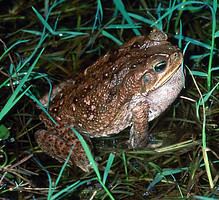 | ||
Lifespan Common toad: 10 – 12 years, Cane toad: 10 – 15 years Length Common toad: 15 cm, Cane toad: 10 – 15 cm, Golden poison frog: 5.5 cm, Natterjack toad: 6 – 7 cm, Golden toad: 5 cm Lower classifications True frog, Hylidae, True toad, Poison dart frog, Leptodactylidae | ||
The Neobatrachia are a suborder of the Anura, the order of frogs and toads.
Contents
This suborder is the most advanced and apomorphic of the three anuran orders alive today, hence its name, which literally means "new frogs" (from the hellenic words neo, meaning "new" and batrachia, meaning "frogs"). It is also by far the largest of the three; its more than 5,000 different species make up over 96% of all living anurans.
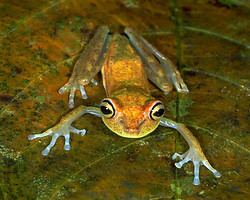
The differentiation between Archaeobatrachia, Mesobatrachia, and Neobatrachia is based primarily on anatomic differences, especially the skeletal structure, as well as several visible characteristics and behaviors.
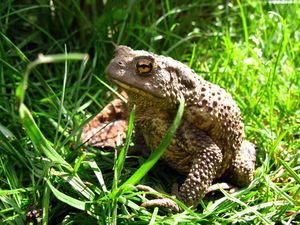
Systematics
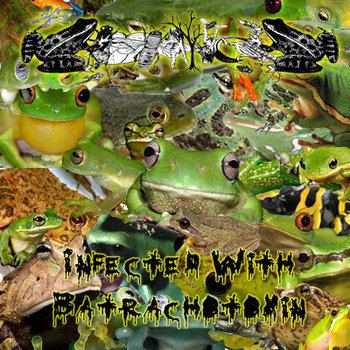
Separating the Anura into the Archaeo-, Meso- and Neobatrachia is somewhat controversial; as more research is done and more knowledge is gained, it is even becoming less clear, because many characteristics used for this differentiation apply to more than one group.
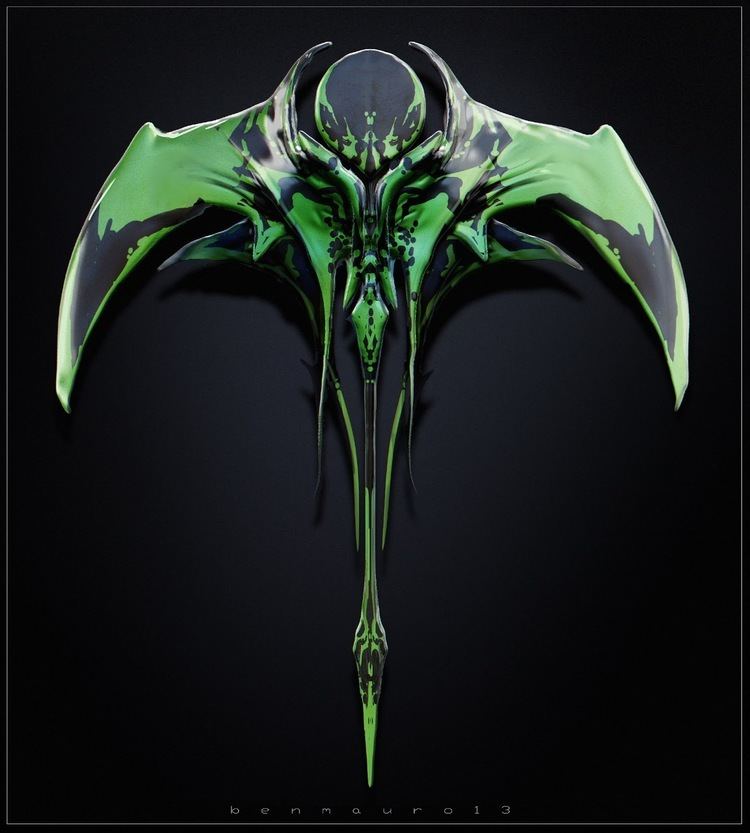
Neobatrachia are usually sorted into five superfamilies, but this division is also controversial, as some families are placed into different superfamilies by different authors. In addition, several families have been revealed to be paraphyletic and consequently split up to make them correspond to clades and thus be natural, evolutionary groups. This has approximately doubled the number of presently recognized neobatrachian families.
List of families
The families currently accepted in the Neobatrachia by many authors are:

